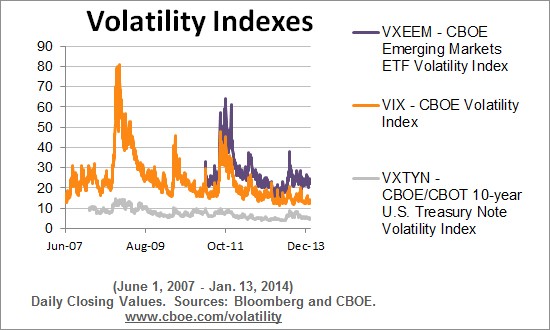What to Know About Margin Trading
Post on: 5 Июль, 2015 No Comment

Imagine having a buddy that spots you $100 every time your chips run out at the roulette wheel. Well, margin trading is pretty much the same thing. While investing on margin can provide you with impressive leverage and boost your penny stock profits in no time at all, it can also be extremely risky when the wrong investment is made and too much margin is used, leading to the much dreaded margin call.
Needless to say, if you’re going to be trading pennies on margin, you better be confident in what you’re doing. Let’s take a closer look at margin trading, so you know exactly what it is and the best way to use it to take your trading to the next level.
The Basics of Margin Trading
As you know, penny stocks are issued by small public companies that are typically priced under $5 per share. Unlike Wal-Mart, Coca-Cola, and other large players, these smaller companies don’t trade on the NASDAQ or NYSE. Instead, penny stocks trade “over-the-counter” on the OTC Bulletin Board.
Many investors in search of promising high-growth companies choose to buy penny stocks with the cash they have sitting in their brokerage account. Investors with limited funds, however, often choose to buy on margin, allowing them to purchase additional shares and potentially skyrocket their profits.
While the stocks of blue chip companies, like the large whales mentioned above, can be bought on margin depending on the size of an investor’s brokerage account, the Federal Reserve only allows certain OTC stocks to be traded on margin.
As a general rule of thumb, many brokers don’t allow investors to purchase IPOs, penny stocks, and other OTCBB securities on margin due to the high risk associated with these burgeoning stocks. Since individual brokerages can decide not to allow certain stocks to be traded on margin, it’s best to check with your broker to see what restrictions you have on your margin account.
Most brokers require a minimum initial investment or minimum margin of $2,000 to open most margin accounts, but some brokers may require more. Once you have a margin account approved and ready for use, you’re allowed to borrow up to 50 percent of a stock’s purchase price, also known as the initial margin.
Choosing Stocks to Trade on Margin
As mentioned, the Federal Reserve Board controls which stocks can be purchased on margin and publishes a list of these stocks quarterly. The list includes both public companies that trade on national securities exchanges and those that follow the rules set forth by the National Market System.
Penny stocks, as you likely already know, aren’t traded on national securities exchanges, so investors should review the OTC stock list in order to find diamonds in the rough that can be purchased on margin.
Margin Rules and Requirements
In addition to choosing which company stocks can be purchased on margin, the Federal Reserve also sets the margin level or the minimum requirement for buying stocks on margin. Most blue chip stocks have a margin requirement of 50 percent. Penny stocks, on the other hand, can have a margin requirement up to 100 percent, which means an investor would have to purchase stock by putting down the full cash amount.
Broker Rules and Restrictions for Margin Trading
While many brokers don’t allow margin trading on penny stocks, some brokers do make exceptions for certain listed stocks trading around $5 per share. That being said, if a stock is de-listed from an exchange, a broker may implement rules pertaining to the use of higher margin.
As a general rule of thumb, penny stocks have stricter margin rules than blue chips and other types of stocks. Although shares in penny stock companies are much less expensive, these young companies also present a greater risk to investors and brokerages due to their volatility. Although it is this volatility that allows savvy penny stock investors to experience substantial profits in a relatively short amount of time, it also makes them riskier investments, which is why some brokerages require a margin level of 100 percent.
When done correctly, trading penny stocks on margin can double or even triple the size of your trading account virtually overnight. However, before investing, it’s imperative that you carefully read your broker’s margin agreement to ensure you know the rules and responsibilities of margin trading.














